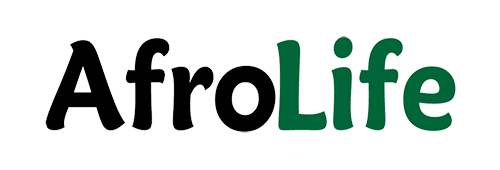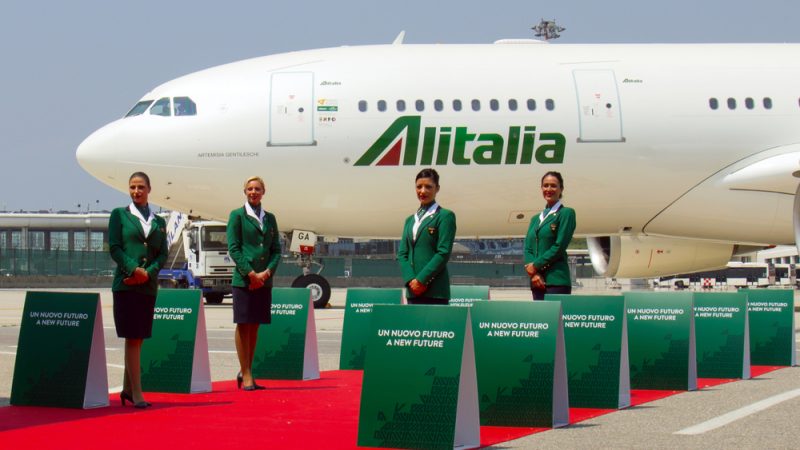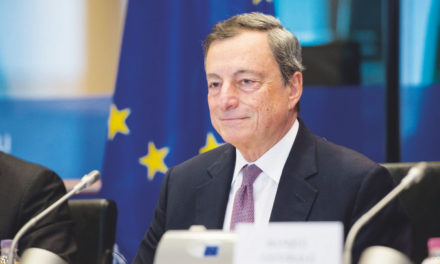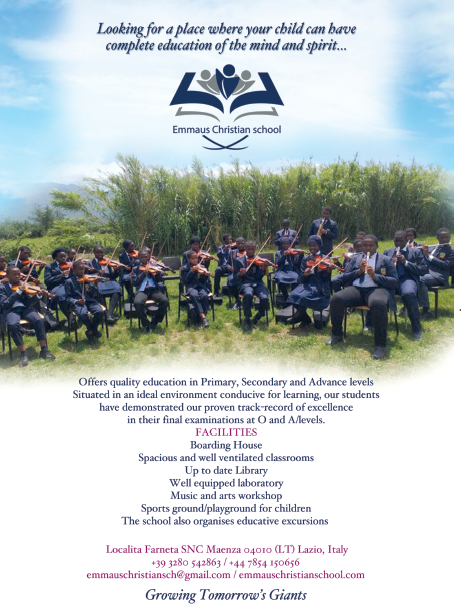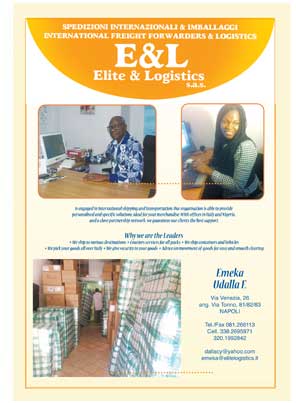The guidelines examine each phase of the passenger journey, and specifies the actions that need to be taken or measures put in place in six travel segments
The European Union Aviation Safety Agency (EASA) and European Centre for Disease Prevention and Control (ECDC) have issued a joint document defining measures to assure the health safety of air travellers and aviation personnel as airlines are set to resume regular flight schedules following the severe disruption caused by COVID-19.
“The safety of passengers and crews has always been paramount in aviation,” European Commissioner for Transport Adina Valean said. “Passengers have to have confidence that taking to the skies again in a confined space with other people poses the minimum possible risk to their health. We relied on our specialists from EASA and ECDC to define a set of concrete measures for the safe resumption of air travel within the EU. The protocol will reassure passengers that it is safe for them to fly and so help the industry recover from the effects of this pandemic.”
The guidelines examine each phase of the passenger journey, and specifies the actions that need to be taken or measures put in place in six travel segments: before arrival at the airport, in the departure terminal, when boarding, in flight, in transit and on arrival at the final destination. A separate section focusses on the safety of flight crew members.
Passengers themselves are also expected to take personal responsibility. For example, passengers who have COVID-19 symptoms (fever, cough, sudden loss of smell, shortness of breath) or who are aware that they have come in contact with a COVID-19 case should not come to the airport or should postpone their travel to protect their fellow passengers.
Passengers are recommended to practice distancing, hand hygiene, respiratory etiquette, and use medical face masks, and to declare their COVID-19-related status before receiving their boarding pass. Passengers will also be asked to provide contact information to allow for “track and trace” if someone on a particular flight later tests positive for COVID-19. Those not travelling will need to say goodbye to the passenger before they enter the terminal building, except in defined special cases.
For aircraft and airport operators, the protocol states: “Aeroplane operators and airport operators should cooperate to ensure physical distancing is respected wherever feasible, especially during check-in, security check, pre-boarding and boarding. When the recommended physical distancing of 1.5 metres is not possible, due to infrastructure or operational constraints, aeroplane operators and airport operators should implement the additional risk mitigation measures such as hand hygiene, respiratory etiquette, etc.”
On the aircraft, the guidelines offer some flexibility due to the constrained space, but are clear that wherever possible passengers should be physically distanced: “In addition to the other health and hygiene measures that must be observed at all times, where allowed by the passenger load, cabin configuration and mass and balance requirements, aeroplane operators should ensure, to the extent possible, physical distancing among passengers.”
“The safety of passengers and crews has always been paramount in aviation,” European Commissioner for Transport Adina Valean said. “Passengers have to have confidence that taking to the skies again in a confined space with other people poses the minimum possible risk to their health. We relied on our specialists from EASA and ECDC to define a set of concrete measures for the safe resumption of air travel within the EU. The protocol will reassure passengers that it is safe for them to fly and so help the industry recover from the effects of this pandemic.”
The guidelines examine each phase of the passenger journey, and specifies the actions that need to be taken or measures put in place in six travel segments: before arrival at the airport, in the departure terminal, when boarding, in flight, in transit and on arrival at the final destination. A separate section focusses on the safety of flight crew members.
Passengers themselves are also expected to take personal responsibility. For example, passengers who have COVID-19 symptoms (fever, cough, sudden loss of smell, shortness of breath) or who are aware that they have come in contact with a COVID-19 case should not come to the airport or should postpone their travel to protect their fellow passengers.
Passengers are recommended to practice distancing, hand hygiene, respiratory etiquette, and use medical face masks, and to declare their COVID-19-related status before receiving their boarding pass. Passengers will also be asked to provide contact information to allow for “track and trace” if someone on a particular flight later tests positive for COVID-19. Those not travelling will need to say goodbye to the passenger before they enter the terminal building, except in defined special cases.
For aircraft and airport operators, the protocol states: “Aeroplane operators and airport operators should cooperate to ensure physical distancing is respected wherever feasible, especially during check-in, security check, pre-boarding and boarding. When the recommended physical distancing of 1.5 metres is not possible, due to infrastructure or operational constraints, aeroplane operators and airport operators should implement the additional risk mitigation measures such as hand hygiene, respiratory etiquette, etc.”
On the aircraft, the guidelines offer some flexibility due to the constrained space, but are clear that wherever possible passengers should be physically distanced: “In addition to the other health and hygiene measures that must be observed at all times, where allowed by the passenger load, cabin configuration and mass and balance requirements, aeroplane operators should ensure, to the extent possible, physical distancing among passengers.”
